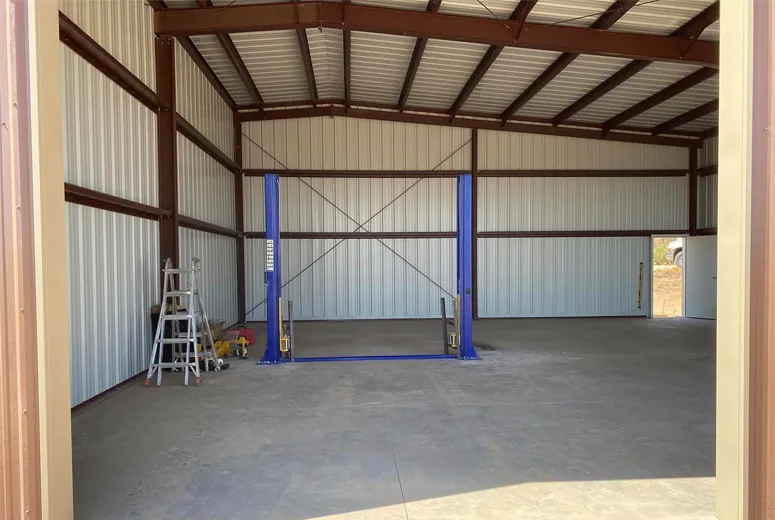- Afrikaans
- Albanian
- Amharic
- Arabic
- Armenian
- Azerbaijani
- Basque
- Belarusian
- Bengali
- Bosnian
- Bulgarian
- Catalan
- Cebuano
- Corsican
- Croatian
- Czech
- Danish
- Dutch
- English
- Esperanto
- Estonian
- Finnish
- French
- Frisian
- Galician
- Georgian
- German
- Greek
- Gujarati
- Haitian Creole
- hausa
- hawaiian
- Hebrew
- Hindi
- Miao
- Hungarian
- Icelandic
- igbo
- Indonesian
- irish
- Italian
- Japanese
- Javanese
- Kannada
- kazakh
- Khmer
- Rwandese
- Korean
- Kurdish
- Kyrgyz
- Lao
- Latin
- Latvian
- Lithuanian
- Luxembourgish
- Macedonian
- Malgashi
- Malay
- Malayalam
- Maltese
- Maori
- Marathi
- Mongolian
- Myanmar
- Nepali
- Norwegian
- Norwegian
- Occitan
- Pashto
- Persian
- Polish
- Portuguese
- Punjabi
- Romanian
- Russian
- Samoan
- Scottish Gaelic
- Serbian
- Sesotho
- Shona
- Sindhi
- Sinhala
- Slovak
- Slovenian
- Somali
- Spanish
- Sundanese
- Swahili
- Swedish
- Tagalog
- Tajik
- Tamil
- Tatar
- Telugu
- Thai
- Turkish
- Turkmen
- Ukrainian
- Urdu
- Uighur
- Uzbek
- Vietnamese
- Welsh
- Bantu
- Yiddish
- Yoruba
- Zulu
Nov . 19, 2024 06:00 Back to list
The Role of Metal in Agricultural Buildings
Agricultural buildings play a pivotal role in modern farming practices, providing essential shelter for livestock, storage for equipment, and space for crop processing. In recent years, the use of metal in agricultural construction has gained significant traction, driven by its durability, versatility, and cost-effectiveness. This article delves into the various aspects of metal agricultural buildings, exploring their benefits, applications, and sustainability.
Durability and Longevity
One of the most compelling reasons for choosing metal over traditional building materials, such as wood or concrete, is its unparalleled durability. Metal agricultural buildings are designed to withstand harsh weather conditions, including heavy rain, strong winds, and snow loads. Unlike wooden structures, which can warp, rot, or be susceptible to pests, metal buildings offer a long-lasting solution that requires minimal maintenance. This longevity translates to lower replacement costs over time, making metal an economically sensible choice for farmers.
Versatility of Design
Metal agricultural buildings can be tailored to meet a wide range of needs. Whether it’s a barn for livestock, a grain storage facility, or an equipment shed, metal structures can be designed in various sizes and configurations. Advanced engineering and design technologies allow for open floor plans, which provide flexibility in layout and usage. As agricultural practices evolve, the ability to adapt and modify these buildings becomes crucial, and metal’s inherent properties provide the necessary foundation for such versatility.
Cost-Effectiveness
Initial construction costs play a significant role in the decision-making process for farmers. Metal buildings often come with lower upfront costs compared to traditional materials, thanks in part to quicker construction times and reduced labor costs. Furthermore, the energy efficiency of metal structures contributes to long-term savings. Many metal buildings are now designed with insulation materials that help regulate temperature, thereby reducing heating and cooling expenses. This cost-effectiveness enhances the overall return on investment for farmers, allowing them to allocate resources more efficiently.
metal agricultural buildings

Sustainability and Environmentally Friendly
As the agriculture sector increasingly embraces sustainability, metal buildings align well with eco-friendly practices. Steel, the most common metal used in construction, is 100% recyclable, meaning that the environmental impact of creating and disposing of metal buildings is significantly lower than that of traditional materials. Additionally, metal buildings can be designed to incorporate green technologies, such as solar panels, rainwater harvesting systems, and energy-efficient windows, further reducing their environmental footprint.
Aesthetic Appeal and Market Value
While functionality is paramount in agricultural buildings, aesthetics should not be overlooked. Modern metal buildings come in various colors and finishes, allowing farmers the opportunity to maintain a visually appealing farmstead. An attractive farm can enhance market value and attract potential buyers or investors. Well-designed metal structures can also reflect a farmer's commitment to innovation and modern practices, which can positively influence public perception and customer trust.
Land Use Efficiency
In an era of increasing urbanization and limited land availability, optimizing land use is imperative for farmers. Metal buildings can offer high clearance heights and expansive open spaces, maximizing the usable area within agricultural properties. This efficiency not only facilitates better organization and storage but also promotes a safer working environment. Moreover, using multi-functional buildings can eliminate the need for multiple structures, conserving land and resources.
Conclusion
Metal agricultural buildings represent a significant advancement in farming infrastructure. Their durability, versatility, cost-effectiveness, sustainability, aesthetic appeal, and efficiency make them an ideal choice for today's agricultural needs. As farmers continue to face challenges related to climate change, market fluctuations, and resource management, investing in metal buildings can provide a strategic advantage. By embracing modern construction methods and materials, the agricultural sector can not only enhance productivity but also ensure a more sustainable and resilient future. The growing trend towards metal in agricultural buildings reflects a commitment to innovation, efficiency, and environmental stewardship—qualities that are essential for the success of modern agriculture.
-
How Do Prefabricated Steel Structures Transform Modern Construction?
NewsJul.14,2025
-
How Do Prefabricated Metal Buildings Redefine Modern Construction?
NewsJul.14,2025
-
How Do Prefab Insulated Metal Buildings and Steel Structures Revolutionize Modern Construction?
NewsJul.14,2025
-
How Do Pre - Engineered Steel Structures Redefine Modern Construction?
NewsJul.14,2025
-
Advancing Modular Construction with Prefabricated Metal Structures
NewsJul.14,2025
-
Advancing Industrial Infrastructure with Prefabricated Steel Solutions
NewsJul.14,2025
Products categories
Our Latest News
We have a professional design team and an excellent production and construction team.












